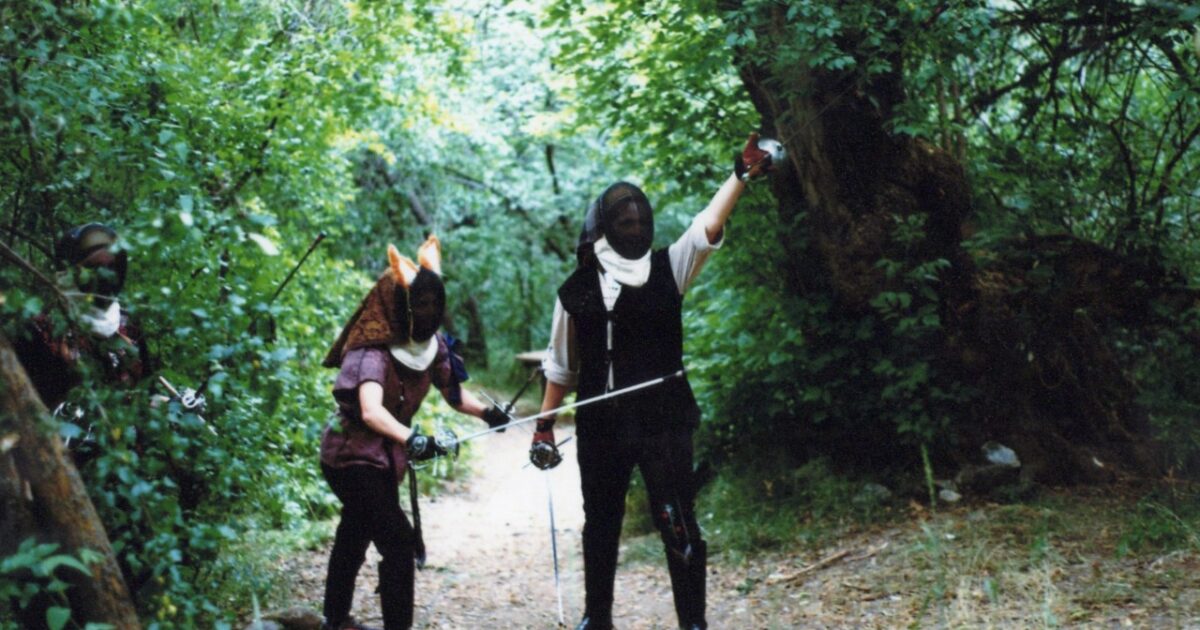Even though this list of lessons is long, remember that each lesson is an introduction to a subject and not the subject in its entirety. Every person you work with will be able to give you their unique perspective and insight. If you feel like you are struggling with any of the lessons, feel free to take them again and work with others on them. You can also work with an Officer to make a lesson plan to fit your interests, strengths, and weaknesses as a fencer.
required newcomer lessons
ALL NEW FENCERS must complete all 7 of these required Newcomer Lessons first. Upon completion, fencers will earn the rank of NOVICE and can continue taking other lessons along their fencing journey.
Waiver
Required to fight
Basics of Dueling
Prerequisite: Waiver
Basics of Melee
Prerequisite: Basics of Dueling
Four Levels of Importance
Prerequisite: None
Gauging & Breaking Shots
Prerequisite: Waiver
Basic Blocks
Prerequisite: Waiver
Basic Offhand
Prerequisite: Waiver
Gear Care & Requirements
Prerequisite: None
Ready to Move on?
Congrats! You’re a novice!
Required lessons
To rank as a Swordman, you must complete all 15 of these required lessons + 20 elective lessons, and the other Swordsman Criteria. If you have any questions, please reach out to an Officer.
Criteria For Becoming a Swordsman*
- Understand/implement the Four Levels of Importance
- Have at least two years of fencing experience
- Be a contributing member for at least 9 months
- Complete all 15 required lessons
- Complete at least 20 elective lessons
- Have, at least, 5 Check-In’s with an Officer
- Have, at least, 2/3 of your kit (helmet, gorget, or sword)
- Participate in at least two tournaments
- Participate in at least one war
- Be approved, selected, and tested by the Captain
*At the Captain’s discretion, one requirement may be waived.
Draw & Tip Cuts
Prerequisite: None
Block/Attack Combos
Prerequisite: None
Fighting w/a Disability
Prerequisite: None
Range & Placement
Prerequisite: None
Dagger
Prerequisite: Range/Placement
Long Sword
Prerequisite: Range/Placement
Rush Attacks
Prerequisite: Range/Placement
Deathstick
Prerequisite: None
Cloak
Prerequisite: None
Buckler
Prerequisite: None
Theory of Melee
Prerequisite: None
Rules of Engagement
Prerequisite: None
Line Fighting
Prerequisite: None
Death from Behind (DFB)
Prerequisite: None
Two-on-One Tactics
Prerequisite: None
Basics of Command
Prerequisite: Theory of Melee
Prepare to be a swordsman
Prerequisite: None
Ready to Move On?
Pick your next lesson
electives
Note: These electives can be taken in any order, respecting any prerequisites, and can allow you to use certain weapons/gear.

